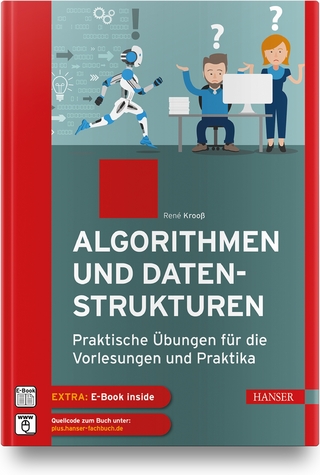The focus of this monograph is on symmetry breaking problems in the message-passing model of distributed computing. In this model a communication network is represented by a n-vertex graph G = (V,E), whose vertices host autonomous processors. The processors communicate over the edges of G in discrete rounds. The goal is to devise algorithms that use as few rounds as possible. A typical symmetry-breaking problem is the problem of graph coloring. Denote by ? the maximum degree of G. While coloring G with ? + 1 colors is trivial in the centralized setting, the problem becomes much more challenging in the distributed one. One can also compromise on the number of colors, if this allows for more efficient algorithms. Other typical symmetry-breaking problems are the problems of computing a maximal independent set (MIS) and a maximal matching (MM). The study of these problems dates back to the very early days of distributed computing. The founding fathers of distributed computing laid firm foundations for the area of distributed symmetry breaking already in the eighties. In particular, they showed that all these problems can be solved in randomized logarithmic time. Also, Linial showed that an O(?2)-coloring can be solved very efficiently deterministically. However, fundamental questions were left open for decades. In particular, it is not known if the MIS or the (? + 1)-coloring can be solved in deterministic polylogarithmic time. Moreover, until recently it was not known if in deterministic polylogarithmic time one can color a graph with significantly fewer than ?2 colors. Additionally, it was open (and still open to some extent) if one can have sublogarithmic randomized algorithms for the symmetry breaking problems. Recently, significant progress was achieved in the study of these questions. More efficient deterministic and randomized (? + 1)-coloring algorithms were achieved. Deterministic ?1 + o(1)-coloring algorithms with polylogarithmic running time were devised. Improved (and often sublogarithmic-time) randomized algorithms were devised. Drastically improved lower bounds were given. Wide families of graphs in which these problems are solvable much faster than on general graphs were identified. The objective of our monograph is to cover most of these developments, and as a result to provide a treatise on theoretical foundations of distributed symmetry breaking in the message-passing model. We hope that our monograph will stimulate further progress in this exciting area.
Michael Elkin received his Ph.D. in Computer Science and Mathemat ics from the Weizmann Institute, Rehovot, Israel, in 2002. He held po sitions in the Institute for Advanced Study in Princeton and in Yale Uni versity, before joining the Ben-Gurion University of the Negev in 2004. He is an Associate Professor in the Computer Science department in the Ben-Gurion University. His main research interests are distributed algorithms, graph algorithms and metric embeddings.
Leonid Barenboim performed his Ph.D. research in Computer Science in Ben-Gurion University of the Negev. His research deals with dis tributed algorithms for symmetry-breaking and synchronization. His re search interests also include graph theory, randomized algorithms and approximation algorithms. He served as a lecturer of a course on im plementation of distributed algorithms and a course on object oriented programming. In 2013 he was accepted to the joint research program of Berkeley and I-CORE that deals with the theory of big data analysis and large-scale networks
Acknowledgments.- Introduction.- Basics of Graph Theory.- Basic Distributed Graph Coloring Algorithns.- Lower Bounds.- Forest-Decomposition Algorithms and Applications.- Defective Coloring.- Arbdefective Coloring.- Edge-Coloring and Maximal Matching.- Network Decompositions.- Introduction to Distributed Randomized Algorithms.- Conclusion and Open Questions.- Bibliography.- Authors' Biographies.



